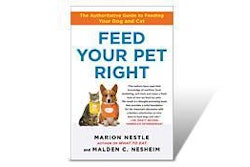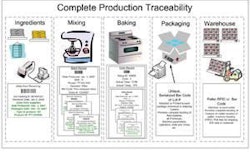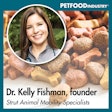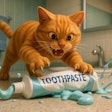Though the 2011-2012 APPA National Pet Owners Survey shows an all-time high for pet ownership in the US—72.9 million in 2010, a 2.1% rise since the last survey in 2009-2010—only dogs and cats have enjoyed increases and those are small: 1.5% and 1.8%, respectively. Nearly all other US pets, including birds, small animals, reptiles, horses and freshwater fish, have declined.
Overall, the percentage of US households owning pets has remained stagnant for a decade now. The survey, unveiled by the American Pet Products Association during Global Pet Expo in Orlando, Florida, USA, in March, revealed that in 1994, 56% of households had pets; the figure jumped to 59% in 1996, then climbed a little more over the next few years (to 61% in 1998 and 62% in 2000). Since then, the percentage has been stuck at 62% or 63%.
APPA has previously expressed concerns that demographic shifts in the US don’t portend well for pet ownership, because the fastest growing segments of the population (Hispanics, Blacks, Asians and children) represent lower incidences of owning pets, according to Bob Vetere, APPA president.
So last year the association launched the Human Animal Bond Research Initiative with the goal of producing more research proving the mental and physical health benefits to humans of owning pets. During GPE, Vetere announced progress to date:
- A steering committee comprised of industry heavyweights like Hill’s Pet Nutrition, Sergeant’s Pet Care and Petco;
- An electronic library of information and peer-reviewed references available soon, directed by Dr. Alan Beck of Purdue University; and
- A goal of US$30 million a year in funding, including grants from government agencies and even donations from consumers.
If you’d like to get involved, visit www.habri.org.
During GPE, APPA also released its 2010 Pet Spending Figures. The report shows sales for the entire US pet industry reached US$48.35 billion in 2010, a 6.2% increase over 2009, with petfood accounting for US$18.76 billion, a 6.8% rise over the previous year. For this year, APPA projects overall pet spending to grow another 5.1%, to US$50.84 billion, with petfood ending the year at US$19.53 billion (4.1% growth).
Packaged Facts is not quite as bullish. Its latest report, Pet Food in the US, 9th Edition (also released in March), shows 2010 US petfood sales at US$18.35 billion but with only 2.8% growth over 2009. Moreover, Packaged Facts projects US petfood sales to grow just 3% this year (to about US$18.9 billion) and average only about 3.5% annual growth through 2015.
One thing the two groups agree on is that veterinary/healthcare is the fastest growing segment of the US pet industry. It now accounts for a bigger piece of the overall pet spending pie than petfood, 36% vs. 33%. According to Packaged Facts, veterinary services in the US reached US$19.69 billion in sales in 2010, a 7% increase over 2009. APPA breaks down its data differently but still pegs year-over-year growth for veterinary care spending at 8.1%.
Making health-related claims is a tricky business under current US regulations, and some industry professionals speculate the Food Safety Modernization Act could bring more restrictions. But the more pet owners seek the same kind of healthy nutrition for their furry children as they do for themselves, the more it might pay for petfood producers to continue to research and develop functional products or ones with clear health benefits.



















